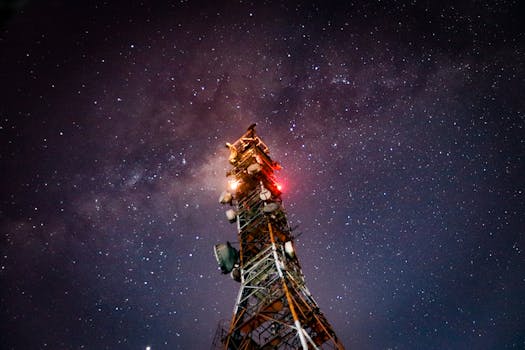
MEO Satellites: Revolutionizing Global Communication with Medium Earth Orbit Technology
MEO satellites, or Medium Earth Orbit satellites, are a type of satellite that operates in an intermediate orbit between Low Earth Orbit (LEO) and Geostationary Earth Orbit (GEO). With their unique position in space, MEO satellites are revolutionizing the way we communicate globally, offering faster and more reliable connections than traditional GEO satellites. In this article, we will delve into the world of MEO satellites, exploring their history, benefits, and applications.
History of MEO Satellites
The concept of MEO satellites dates back to the 1960s, when scientists first proposed the idea of using intermediate orbits for communication purposes. However, it wasn’t until the 1990s that the first MEO satellites were launched, primarily for navigation and communication purposes. Since then, the technology has evolved significantly, with modern MEO satellites offering higher bandwidth, lower latency, and greater connectivity than ever before.
Benefits of MEO Satellites
So, what makes MEO satellites so special? For starters, their intermediate orbit allows them to cover a wider area than LEO satellites, while also providing lower latency than GEO satellites. This makes them ideal for applications that require fast and reliable connections, such as telecommunications, navigation, and remote sensing. Additionally, MEO satellites are less prone to interference and signal degradation, ensuring a more stable and secure connection.
Applications of MEO Satellites
MEO satellites have a wide range of applications, from telecommunications and navigation to remote sensing and Earth observation. They are used by governments, corporations, and individuals around the world to stay connected, navigate, and monitor the environment. Some of the most notable applications of MEO satellites include:
Telecommunications: MEO satellites provide fast and reliable connections for voice, data, and video communications, making them ideal for remote or underserved areas.
Navigation: MEO satellites are used for navigation purposes, providing location information and timing signals for GPS, GLONASS, and other navigation systems.
Remote Sensing: MEO satellites are used for remote sensing applications, such as Earth observation, weather forecasting, and disaster monitoring.
Conclusion
In conclusion, MEO satellites are revolutionizing the way we communicate globally, offering faster and more reliable connections than traditional GEO satellites. With their unique position in space, MEO satellites provide a wide range of benefits, from lower latency and higher bandwidth to greater connectivity and security. As the demand for global communication and connectivity continues to grow, MEO satellites are poised to play an increasingly important role in shaping the future of our connected world.



